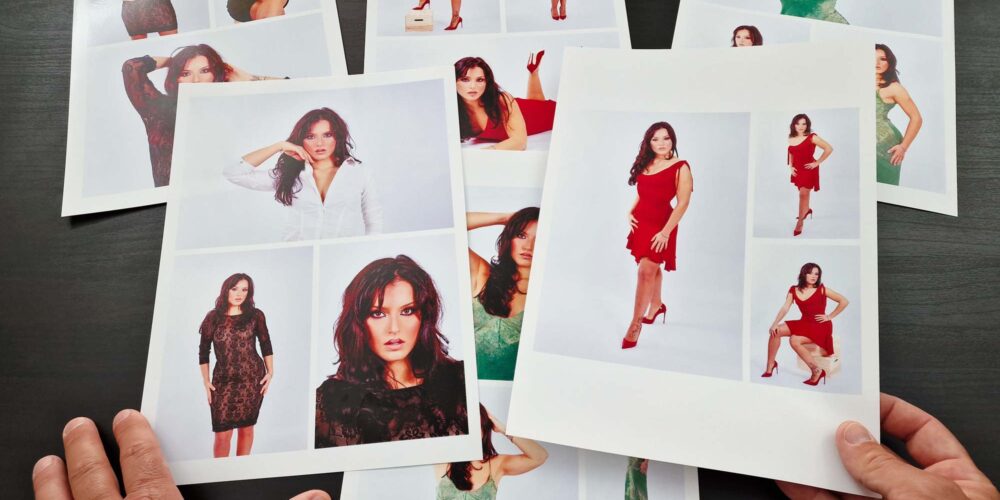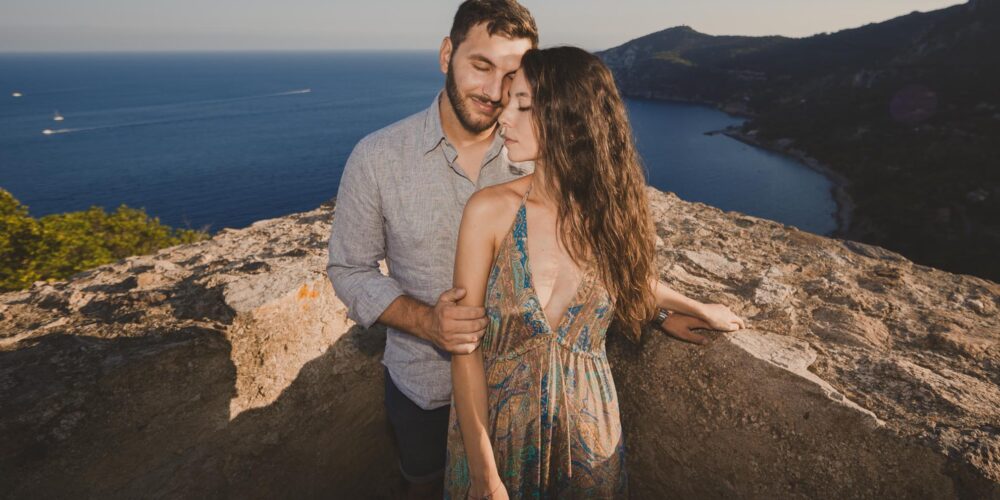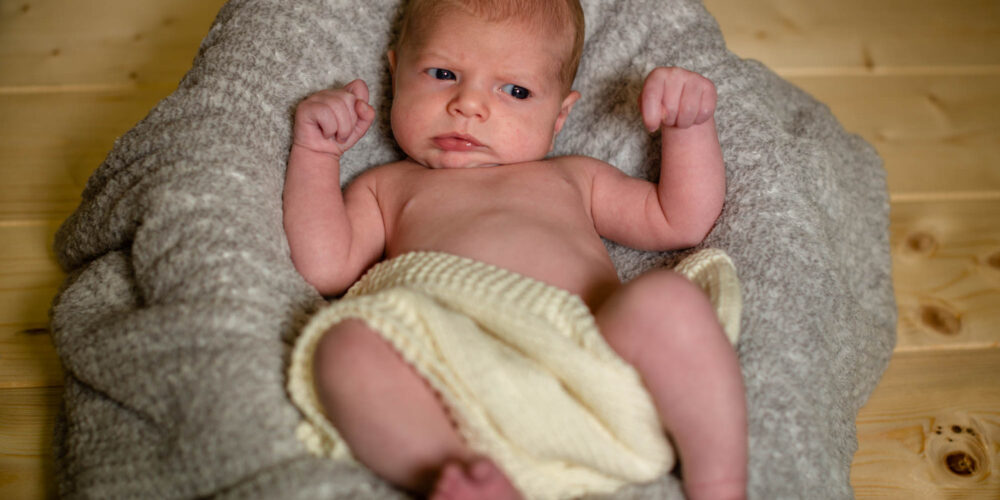CATCHING LOVE BEFORE THE BIG DAY: THE PREMATRIMONIAL PHOTO SERVICE For some time now, a new...

HOW TO MAKE A PHOTO BOOK?
What is a photo book?
The photo book, or portfolio, is a selection of a model's best images, in which the subject's physical and expressive characteristics are showcased. The purpose of the book is to promote oneself in artistic settings, especially in the fields of fashion, film or theater. It can also be done to promote brands or places of interest, or display clothing or items for sale. A photo book can also be made to preserve memories.
The importance of the right outfit for the photo book
An outfit is defined as the set of clothes and accessories suitable for highlighting the photogenicity and personality of the photographed subject. The right outfit plays a crucial role in the success of your photo book.
Here is the importance of choosing the appropriate outfit:
- Reflects your style and personality: the outfit you wear in the photo book should represent your individual style and personality. Choose outfits that make you feel comfortable and reflect your personal aesthetic. This will help you convey an authentic and consistent image of yourself through the photos.
- Contributes to visual harmony: the outfit you choose should fit in with the overall theme and style of your photo book. If you have a specific vision for the book, make sure the outfit fits into the visual narrative you are trying to create. Visual consistency will contribute to a harmonious and professional end result.
- It highlights the main subject: the main goal of a photo book is to highlight your photography skills and the subject of the photos. The outfit should help highlight the main subject and avoid distracting attention or overpowering it. Choose outfits that complement the subject and do not compete with it.
- Variation and versatility: if your photo book involves several sessions or scenes, it is important to have different outfits to offer variety and versatility to your images. Choose outfits that fit the context and themes of the different photo sessions, so you can create a rich and interesting portfolio.
- Consider context and location: when selecting your outfit, take into account the context in which the photography session will take place and the location you choose. For example, if you are photographing in an urban setting, you might opt for a more modern and casual look, while if you are photographing in a natural setting, you might prefer a more casual and comfortable outfit.
- Coordination with other elements: make sure the outfit coordinates well with the other elements on the set, such as the setting, accessories, or colors present. A harmonious match between the outfit and the other elements will contribute to a balanced and pleasing visual composition.
- Message communication: the outfit can communicate a specific message or emotion in your photographs. You can use outfit colors, cuts, and styles to convey a specific mood or concept. Think about what message you want to convey through your images and choose the outfit accordingly.
In summary, the right outfit in the photo book is important because it reflects your style, contributes to visual consistency, highlights the subject, provides variety, and complements the context and other elements.
Tip: Take the time to carefully select the clothes you will wear so that you will achieve the desired result in your photo book.
The set of the photo book
The photo book set consists of a background and lights. The environment in which it takes place can be indoors as well as in the studio or outdoors. The poses are then chosen according to the outfit, the atmosphere to be created and the personal characteristics of the subject. It is also very important to make the subject comfortable in order to get satisfactory and original shots. For example, in the first few shots we let the subject move freely. He/she will then be able to familiarize him/herself with the lights, the backdrop and the photographer.
Here are some tips for creating an effective set for your photo book:
- Location selection: select a location that fits the style and theme of your photographs. It can be an outdoor setting such as a city, park, or beach, or an indoor setting such as a photo studio, house, or abandoned building. Make sure the location offers variety and creative possibilities for creating different images.
- Natural and/or artificial light: consider the light available in the location and how it can affect your photos. Natural light can create striking effects and can be used in a variety of situations. If natural light is not enough or you want to create specific lighting, you may also need to use artificial lights such as flashes or light panels.
- Setting and decorations: customize the set with objects, furniture and decorations that match the style of your photographs. These elements can help create a specific atmosphere and enrich the images. Choose carefully the elements you add to the set so that they are consistent with your concept and do not distract attention from the main subject.
- Planning and preparation: before the photo session, make sure you have a clear idea of what you want to achieve and plan the set accordingly. Prepare the accessories, clothes, backgrounds, or anything else needed to make the desired images. Organize the set so that everything is ready before the session begins, saving time and easing the workflow.
- Experimentation: don't be afraid to experiment and try different solutions on the set. Play with camera angle, position of lights, use of reflectors or filters, composition and subject movements. Experimenting allows you to achieve unique results and discover new creative ideas.
- Equipment and accessories: make sure you have the proper camera equipment for the set, including lenses, filters, and any props such as tripods or lights. Bring along any accessories needed to create variety and interest in your images, such as backgrounds, props, or additional clothing.
- Collaboration: if you are working with a team, such as a photographer, makeup artist, or assistant, be sure to communicate and collaborate effectively to achieve the goals of the set. Everyone should be involved and aware of their role to achieve the best possible results.
Tip: Remember that the photo book set will depend on your personal style, concept and vision for your images. Be creative, flexible, and tailor the set to your needs to create unique and impactful images for your photo book.
All the steps to create a photo book
- Goal and purpose of the book: define why you are creating the photo book. Identify your target audience and establish the purpose of the book, which could be to present your work to potential clients, seek job opportunities in the industry, showcase your artistic talent, or create a personal collection of your best photographs.
- Photo selection: browse through your photo portfolio and select the best images that fit your focus and the style you wish to represent. Try to include a variety of photos that demonstrate your technical skills, creativity, and artistic point of view. Make sure the photos are of high quality, well composed, and sharp.
- Organization and sequence: organize photos into a coherent and meaningful sequence. You can organize them by theme, style, color, or visual narrative. Make sure there is a logical flow and connection between the pictures so that the book has a solid structure.
- Form and format: decide whether you want to create a physical or digital photo book. If you choose a physical book, consider the size, cover, material, and type of binding that fits your style and purpose. If you prefer a digital book, consider the options of software or online platforms for creating a digital portfolio or slideshow.
- Layout and design: create an attractive and well-structured layout for your book. Arrange photos harmoniously, balance blank spaces, and experiment with different arrangements to achieve the best visual effect. Make sure the design is clean, professional, and highlights your photographs.
- Captions and text: possibly add text to your photo book. You can include a short biography, a statement of purpose, a description of the photos, or additional information about your experience and skills. Make sure the text is readable, well placed, and in keeping with the overall style of the book.
- Review and optimization: do a complete review of your photo book. Check that all photos are of high quality, well exposed and without obvious defects. Check for correct spelling and formatting of text. Make sure images are optimized for printing or digital display, with good resolution and appropriate color balance.
- Printing or digital publication: if you have chosen a physical photo book, prepare the file in a print format suitable for the specifications of the printing service or a publishing house. If you created a digital book, export the file in a format compatible with your purpose, such as PDF or high-resolution JPEG. If you wish to share the book online, upload it to a website or photo portfolio platform.
- Presentation and promotion: decide how you wish to present and promote your photo book. You can organize solo exhibitions or participate in group exhibitions to showcase your work. Send the book to potential clients, art galleries, or model agencies if it is relevant. Use social media, your website or blog to promote your book and gain visibility.
Tip: Remember that creating a photo book is a personal and creative process. Adapt the above steps to your needs and photographic style to create a unique book that best represents your work.
The cost of a photo book
The factors that affect the cost of the photo book multiple. First, what is included in the service. Usually included is:
- Professional studio or outdoor service
- Close-up and full-length shots
- Professional post production of a selection of photos
- Delivery on digital media
Also to be considered:
- The duration of the shoot and the number of photos you want to take
- the rental of specific locations
- the use of special equipment
- The presence of a make-up artist and hairstyling
- printing or making a composite for agencies: if you choose to create a physical photo book, you will need to consider printing costs and the type of material used for the cover and inside pages. Choosing high-quality materials can increase the overall cost.
- Custom design and layout: if you want a custom design and layout for your book, you may need to involve a professional graphic designer or graphic designer, which will incur additional costs.
Last but not least factor, who will do the photo book.
- The novice photographer, or an amateur, with little experience and limited equipment
- The agencies' in-house photographer
- Professional freelance photographer with dedicated professional equipment whose experience, portfolio and website you can evaluate
With the proliferation of portals offering heavily discounted services or packages at unbeatable prices, be careful not to get rip-offs. The risk is to get shoddy products in return that can hurt your image.
Always ask for a detailed quote according to your specific needs and requirements. A good photographer will be able to find the right fit.




This Post Has 0 Comments